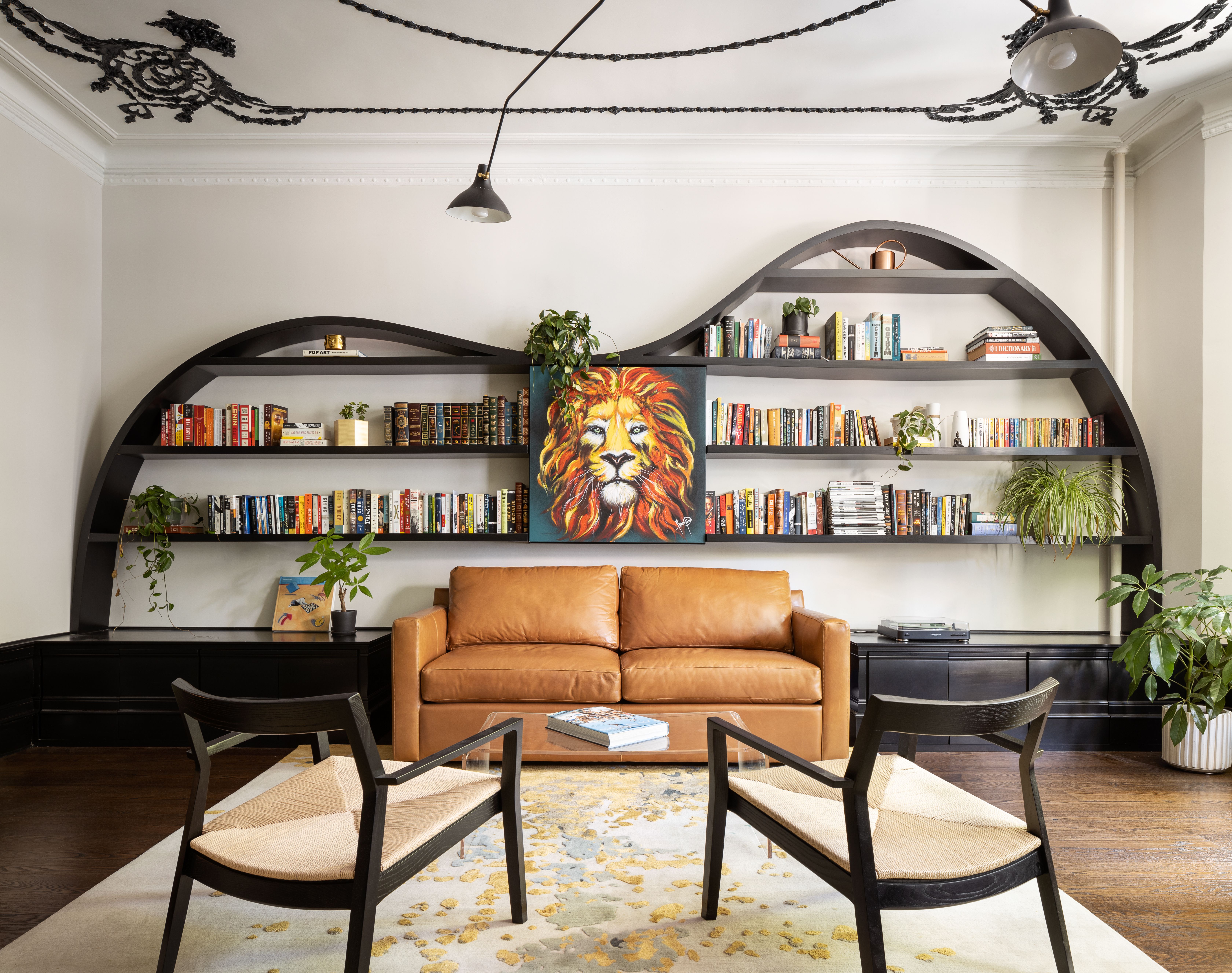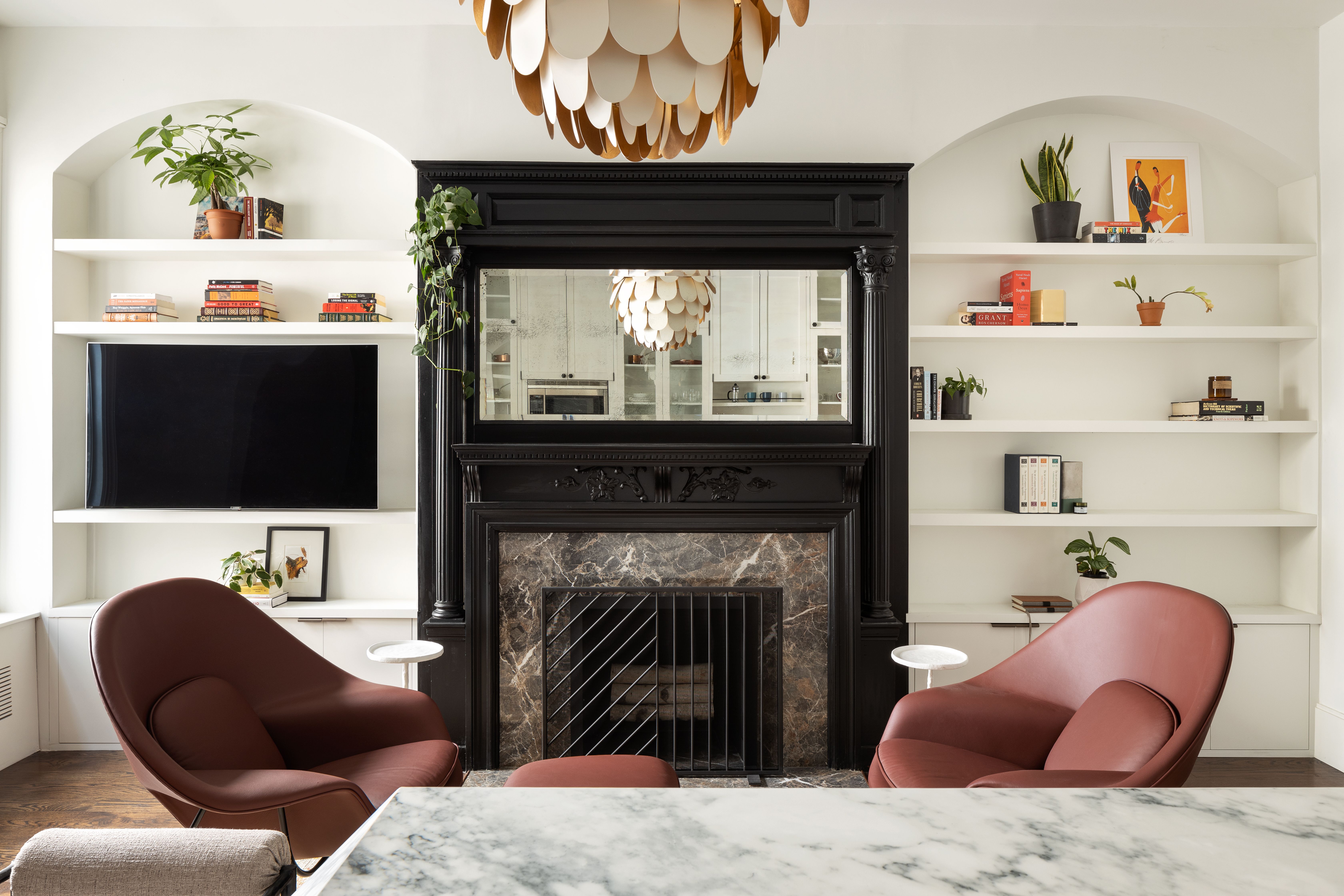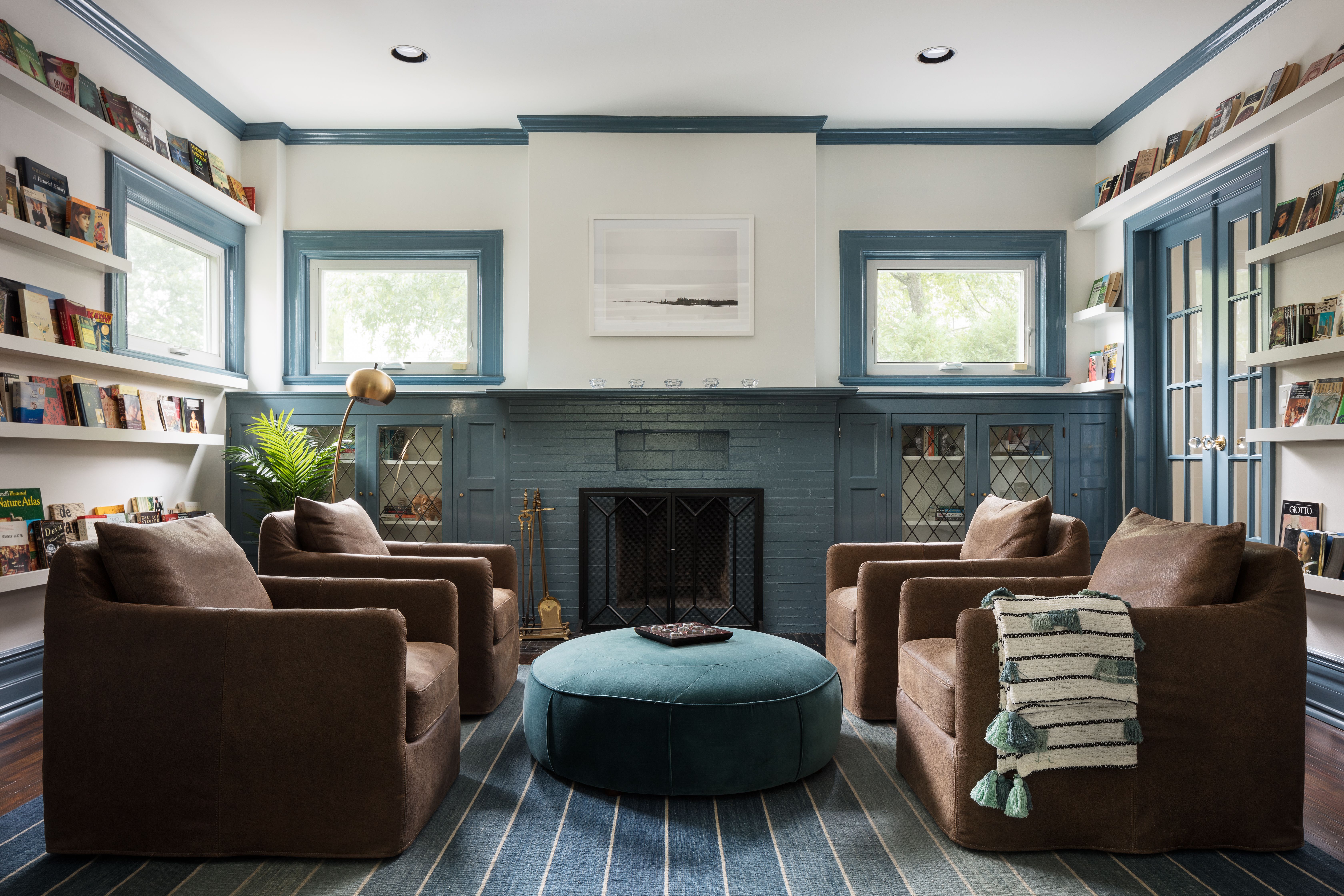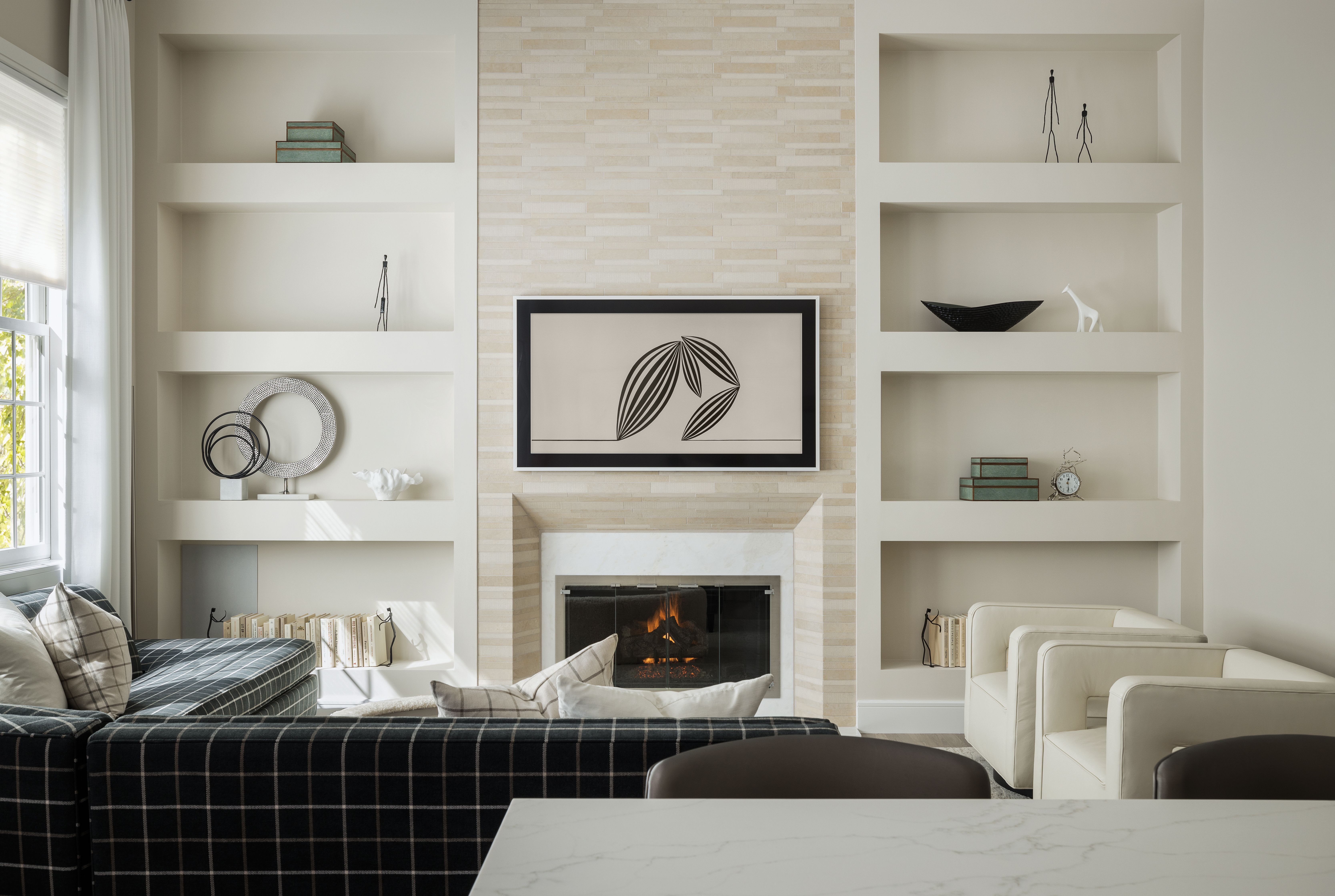Shelve It!
News Based on facts, either observed and verified directly by the reporter, or reported and verified from knowledgeable sources.
A local design expert shares her tips for installing, customizing, and styling the shelving in your home.

Good morning! Today is Monday, November 29, and you are reading today’s section of Examiner+, a digital newsmagazine serving Westchester, Putnam, and the surrounding Hudson Valley.
Need to subscribe — or upgrade your Examiner+ subscription to enjoy full access to all of our premium digital content? Details here.

Think of shelving as more than utilitarian — use it to bring personality to your room.
Built-ins or purchased shelves offer great storage, but can also be functional and fashionable at the same time.
Here, Alexandra Denburg of Westchester-based M&P Design Group offers tips for installing shelves, styling them, or creating a look from recent local projects that will help you curb storage problems and look beautiful in your space.
The Right Spot
According to Denburg, built-in shelving is a great way to add storage and display items while creating architectural and/or sculptural interest within a room. Some of her favorite places to add them are a living room or family room, office, or library, or study, but she likes to add some interest if possible. For example, a curve, or a bold color (see above photo as an example of all three).
And although there are always exceptions to the rules, Denburg says there are a few spaces that are general no-gos for her for bookshelves.
Kitchens: “We’ve all seen this design trend come (and thankfully go). While having open upper shelving looks beautiful, light, and open in a kitchen, the dishes on it collect dust and you constantly have to make sure the shelving looks neat (which is hard when you’re using the dishes all the time).”
Bedrooms: “Bedroom spaces should be designed for relaxing, and often the clutter (even when it’s purposeful clutter in well-grouped displays) can create too much visual excitement for the eye.”
Dining Rooms: “This is a space to gather and converse. I prefer keeping these walls open and making the furniture the star of the space.”
Out of the Box
Whether you purchase bookshelves or add built-ins, Denburg suggests creating interest with them. “Depending on the architecture of the space itself and the aesthetic direction of the design’s furnishings, I like to add color, shape, scale, as well as the choice to have the shelving inset into the wall versus mounting on the wall directly,” she says.
Are Built-ins Best?

Built-in shelving is classic, timeless, and space-saving.
Built-ins are great because you can tailor them specifically to your needs. “Building something to fit an existing space will always have more of an elevated look since the design was meant for the location,” says Denburg.
Ready-made shelving or bookcases can also be wonderful. There are many options on the market and with a little ingenuity, you can also customize them to fit your needs. “They will, however, feel like an additional piece of furniture in the room, versus something architectural,” she says.
Too Much of a Good Thing
Denburg says to be frugal when it comes to how many built-ins or shelves you add to your home. “Shelving is amazing, but you can have too much of a good thing!” she says. “Imagine a gorgeous velvet sofa. That baby is a wow factor when you walk into a living room, but now imagine an entire home filled with velvet furniture. It loses the beauty and specialness of the material due to overuse. Shelving and built-ins can be the same.”
She goes on to say you can get away with doing more when you mix and match styles of shelving (inset and wall-mounted) since they read differently. “But too much shelving throughout can lead to a visual overload of clutter-filled shelves,” says Denburg.
Open to It?

This room nicely balances open shelves along the walls and closed shelving with doors flanking the fireplace.
“I love both open and closed shelving,” says Denburg. “Open shelving is ideal for books and display items. Closed shelving offers storage, privacy, and the ability to hide clutter. Sometimes all it takes is a good combo of closed lower storage and open upper shelving to achieve the desired look!”
If you do decide to add doors, there are many options on the market today including cabinet doors, glass doors, mesh or wire doors, or metal doors.
Styling Tips

Another shelving styling tip: Less is more. Don’t overload the shelves with too many items. Allow for space between them.
Here, Denburg offers her favorite tips for styling shelves once you’ve installed them.
Larger items on the bottom and work your way up.
Always try to find a balance from left to right, as well as top to bottom.
Layer, layer, layer! Popping a mirror or piece of art behind a decorative object is a great way to achieve a dynamic shelf, as is adding a great sculptural object atop a stack of books.
Play around with directionality (some books are vertical while others are laid in stacks) and play around with shape and texture.
A combination of greenery, sculptures or decorative objects, books, and photos or art is a wonderful start to good shelf styling!
“I love creating custom shelving no matter the style, inset or wall-mounted, because it adds a unique detail into someone’s home,” says Denburg. “Each design I’ve executed is very specific to my client, their home’s architecture, their aesthetic direction, and the usage behind the need for the shelving.”
We hope you’ve enjoyed today’s section of Examiner+. We love honest feedback. Tell us what you think: examinerplus@theexaminernews.com
Jenn Andrlik is a freelance writer and editor who specializes in home design and architecture, and parenting. She is formerly the senior editor of Martha Stewart Living and executive editor of both Westchester Home and Westchester/Hudson Valley Weddings. She has worked for other titles, including House Beautiful and Parents. She has two children and lives with them, her husband, and beagle, Lucky, in East Norwalk, CT.

Examiner Media – Keeping you informed with professionally-reported local news, features, and sports coverage.
